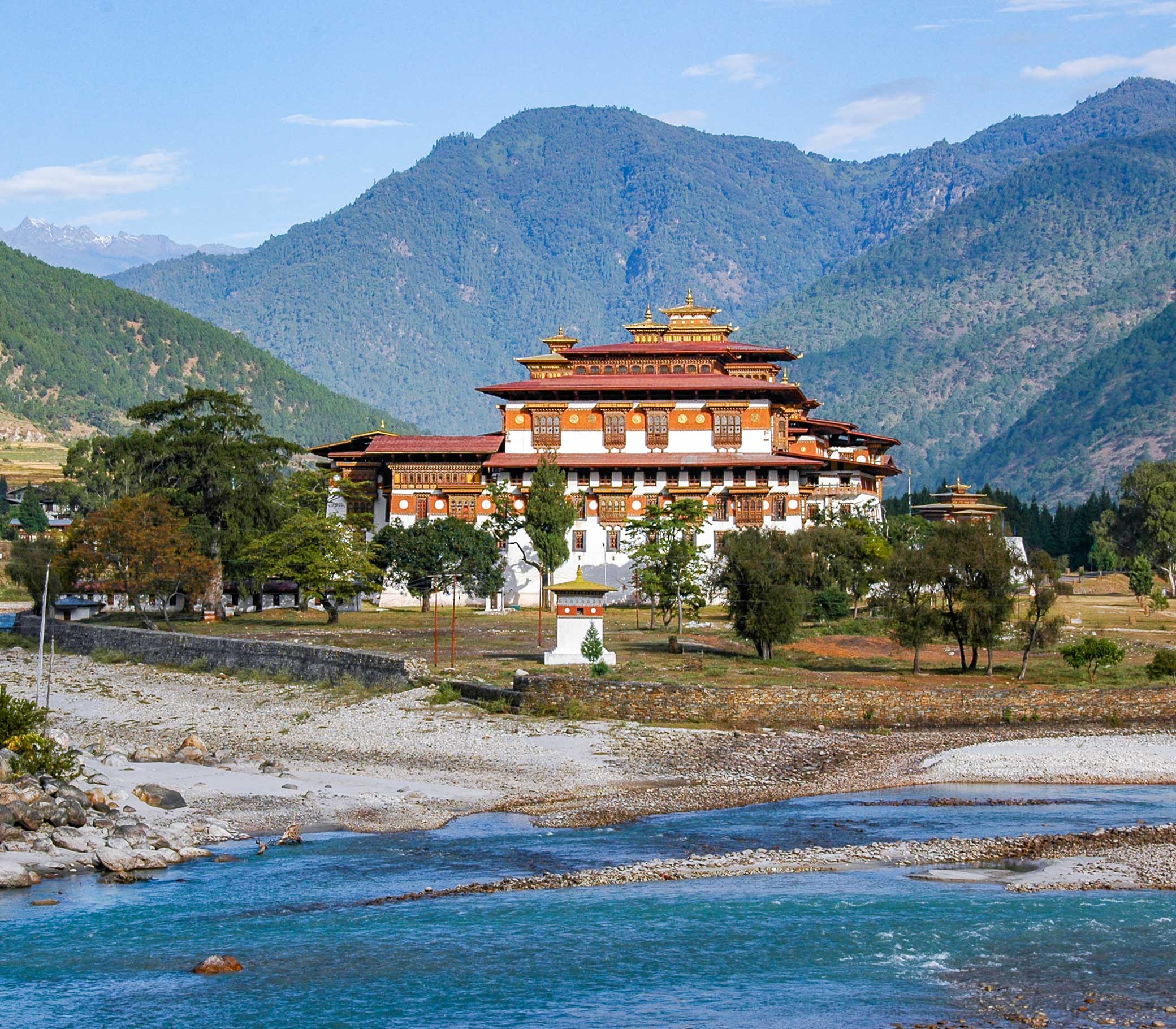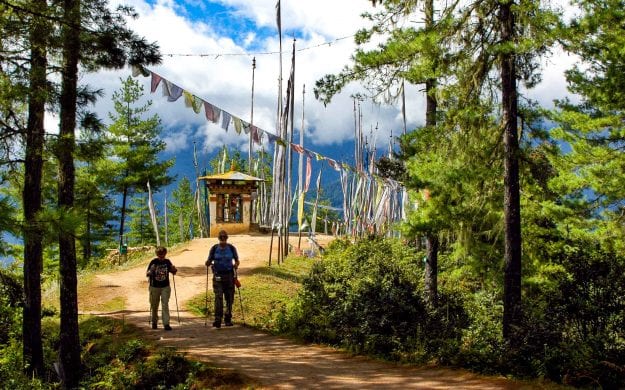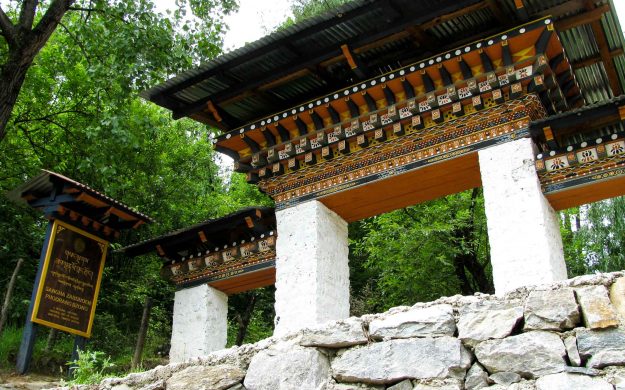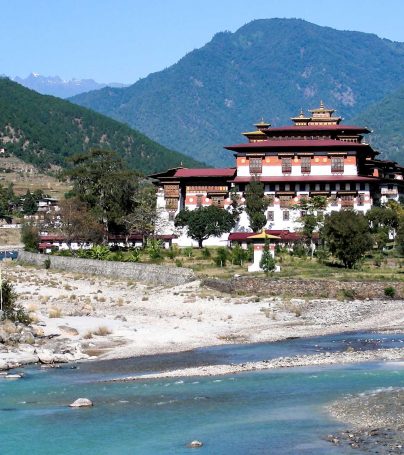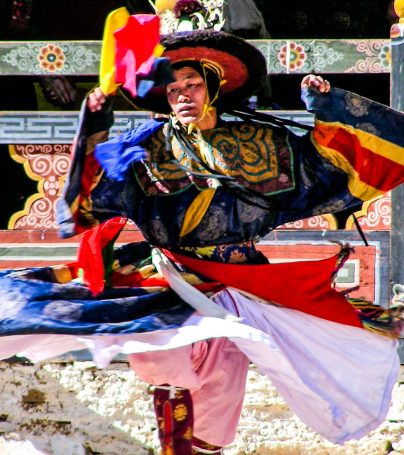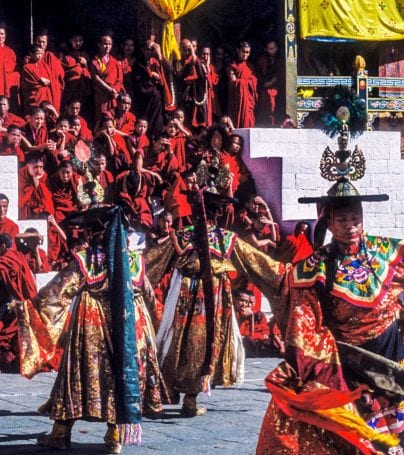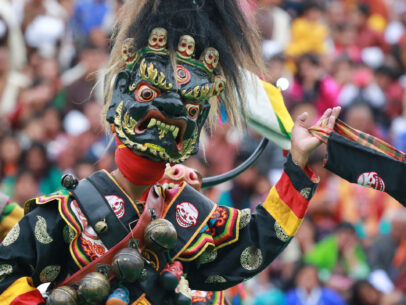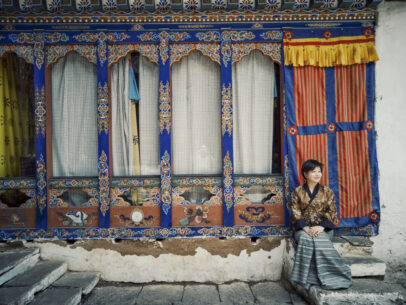Haa Valley Adventure Tours
Haa District is one of the 20 dzongkhag or districts comprising Bhutan. Per the 2005 census, the population of Haa dzongkhag was 11,648, making it the second least populated dzongkhag in Bhutan after Gasa. The dominant language of the district is Dzongkha, the national language. Haa’s major feature is the Haa Valley, a steep north-south valley with a narrow floor. The name Haa (pronounced “hah”), as well as the more ancient name Has (Dzongkha: ཧས་; Wylie: Has; pronounced “hay”), connotes esoteric hiddenness. An alternative name for the district is “Hidden-Land Rice Valley.” Local historians maintain that two important temples in Haa district, the Black Temple and the White Temple were built at the same time as Kyerchu Temple in Paro in the 7th century AD. The two temples can be found near each other at the sacred site known as Miri Punsum, or “The Three Brother Hills.” A third temple, Haa Gonpa, was built at further up the valley at the site where a lame pigeon, actually a bodhisattva in disguised form, was found by a local farmer who was drawn to the spot by a mysterious fire seen on several successive nights and by the unexplained sounds of oboes and trumpets (musical instruments closely associated with Bhutanese and Tibetan monasteries).
During the 10th day of the 11th month of the Bhutanese calendar (see Tibetan calendar) liturgical ceremonies worshipping Amitabha Buddha are held at Haa Gonpa temple.
Near the Black Temple there are two houses near a sacred oak tree where the local deity once appeared as a winged creature, scaring the local people (the valley is divided into a number of areas, each under the influence of a particular local deity predating the arrival of Buddhism — see Bön religion). The residents of the two houses gave offerings to the local deity. The local deity, now appeased, visited the upper house while neglecting the lower. The jealous owner of the lower house began an inter-house feud in which a man of the upper house was killed. Every year 11th lunar month a series of special mystical practices are performed in the upper house for a week.
The famous Lama Pema Lingpa also documented the activities of another local deity known as Chungdue. Chungdue was responsible for meteor storms, cyclones, wildfires, rocks splitting apart, earthquakes, and a number of other mystical disasters. Fortunately the Guru Padmasambhava arrived in the late 8th century and subdued the deity. However the deity’s force is not to be taken lightly. In the 15th century Chungdue decreed that the people of Ha Shogona village where not to come in contact with any followers of a certain monk in nearby Paro dzongkhag. When a young Haa man married a girl from Paro they believed no harm would come to them. However as they crossed a river between the two districts the knots tying her infant to her back suddenly came loose and the baby fell into the river and drown.
Also near the Black and White temples is a special chorten marking the site where an imprint of Guru Padmasambhava’s body and hat may be found in a large rock.
In the Samar side-valley may be found a bridge known as Has Samarpudung. Below the bridge is the lake of a wishing cow whose stone udders can be seen in the lake.
Customize Your Dream Adventure
We are here to help craft tailor-made adventures for individuals, couples, families, and groups of explorers.
